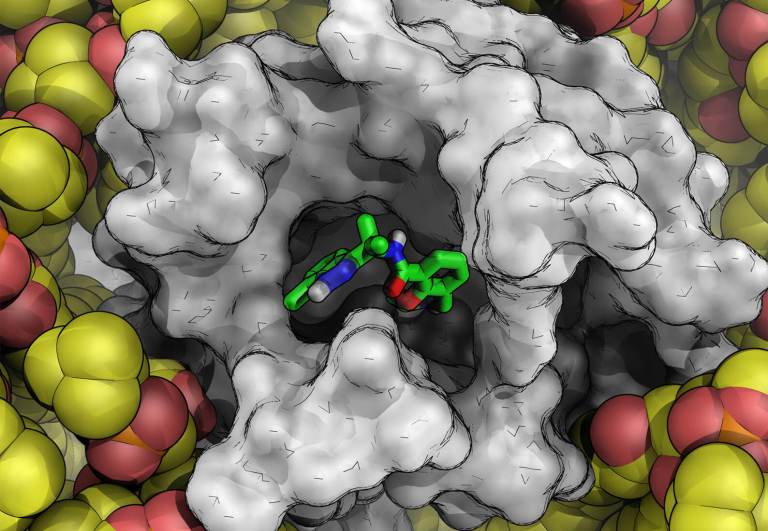- Documentation
Maestro
Schrödinger’s streamlined portal for access to state-of-the-art predictive computational modeling and machine learning workflows for molecular discovery.
- Documentation
MacroModel
A force field-based molecular modeling tool, with a range of advanced features and methods for examining molecular conformations, molecular motion, and intermolecular interactions.
- Documentation
Macro-pKa
An automated solution for predicting macroscopic pKa values and pH-dependent tautomeric populations of ligands that combines physics-based DFT calculations with empirical corrections.
- Documentation
LiveDesign ML
A LiveDesign plug-in that provides a highly-automated system for deploying supervised learning modeling pipelines within LiveDesign.
- Documentation
FEP+
Computational prediction of protein-ligand binding using physics-based free energy perturbation technology at an accuracy matching experimental methods.
- Documentation
LigPrep
Rapidly prepare high-quality small molecule ligand structures for structure-based virtual screening and other computational workflows.
- Documentation
Ligand Designer
Interactively design a ligand in the context of a protein or DNA/RNA receptor to optimize its binding and properties.
- Documentation
KNIME Extensions
Schrödinger KNIME extensions of more than 160 nodes and provides access to a wealth of ligand- and structure-based tools from the Schrödinger Suite.
- Documentation
Jaguar Spectroscopy
Calculate VCD, ECD, or NMR spectra for a set of structures, with optional MM conformational search and QM refinement.
Events
 Webinar
Materials Science
Webinar
Materials Science
- Jan 21, 2026
Formulation ML and Optimization: Making advanced property prediction and experimental design fast and accessible
We will showcase how easy it is to apply these tools using experimental datasets across broad MS applications, including formulations, consumer goods, batteries, pharmaceuticals, and beyond.
 Webinar
Life Science
Webinar
Life Science
- Jan 29, 2026
From silos to synthesis: Fostering collaborative AI through platform integration with LiveDesign ML
Successfully leveraging AI investments demands a platform that delivers unparalleled predictive accuracy and seamless operationalization.
 Event
Materials Science
Event
Materials Science
- Feb 3rd-4th, 2026
3rd Industrial Polymers & CPG Summit 2026
We are pleased to invite you to the 3rd Industrial Polymers & CPG Summit. Mark your calendars for February 3-4, 2026, in the picturesque city of Heidelberg.
Webinars
 Webinar
Life Science
Webinar
Life Science
- Jan 29, 2026
From silos to synthesis: Fostering collaborative AI through platform integration with LiveDesign ML
Successfully leveraging AI investments demands a platform that delivers unparalleled predictive accuracy and seamless operationalization.
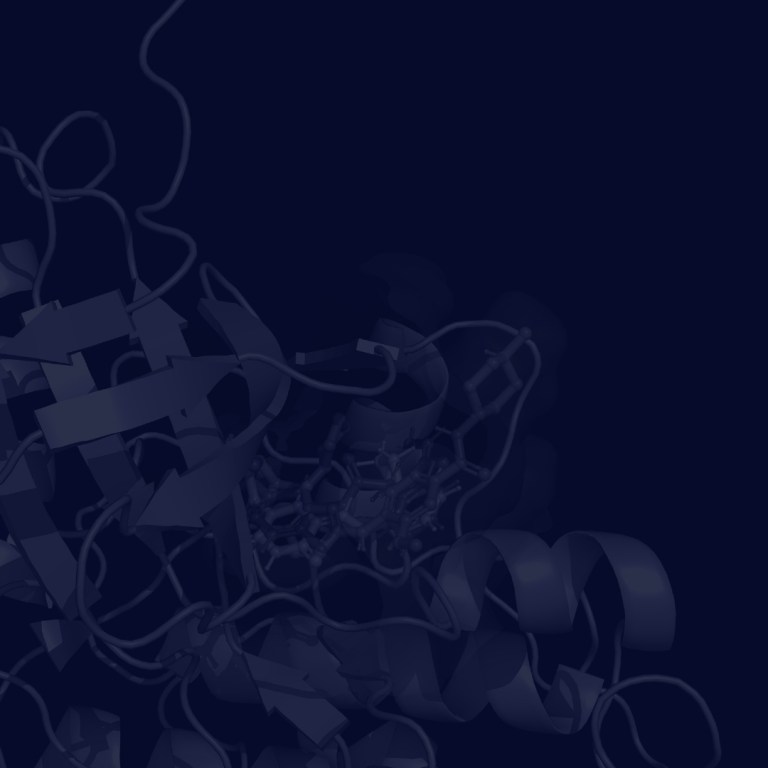 Webinar
Life Science
Webinar
Life Science
- Dec 17, 2025
Schrödinger デジタル創薬セミナー: Into the Clinic ~計算化学がもたらす創薬プロセスの変貌~ 第21回
MDシミュレーションによる化合物の膜透過性の予測
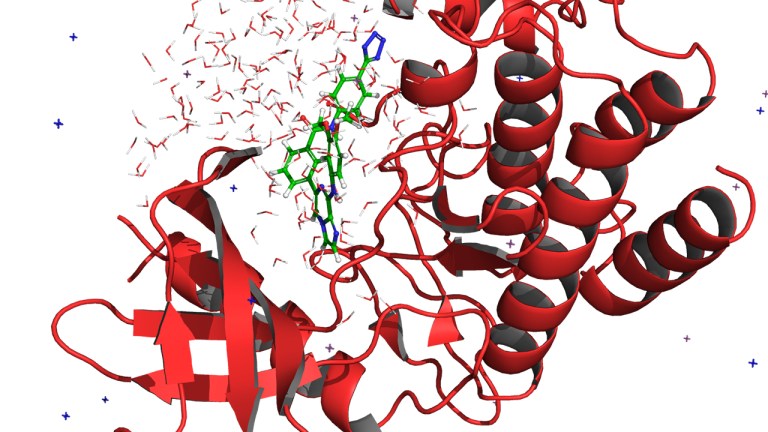 Webinar
Life Science
Webinar
Life Science
- Dec 10, 2025
Scaling FEP+ for success: Strategic deployment of FEP+ and AI/ML to accelerate chemical space exploration
Join us to map out your strategy for maximizing the organizational impact of FEP+ and to achieve the full potential of your computational drug discovery and business goals.
Documentation
- Documentation
Learning Path: Oligonucleotide Modeling
A structured overview of tools and workflows for nucleic acids in drug discovery.
- Documentation
WaterMap
Efficiently converged MD simulations are run with explicit water molecules, and resultant trajectories are analyzed to cluster hydration sites.
- Documentation
SiteMap
Identify binding sites, including allosteric binding sites and protein-protein interfaces, and evaluate their druggability.
Tutorials
- Tutorial
Structure-Based Virtual Screening using Glide
Prepare receptor grids for docking, dock molecules and examine the docked poses.
- Tutorial
Ligand Binding Pose Prediction for FEP+
Generate starting poses for FEP simulations for a series of BACE1 inhibitors using core constrained docking.
- Tutorial
Antibody Visualization and Modeling in BioLuminate
Visualize, build, and evaluate antibody models, analyze an antibody for various characteristics, dock an antigen to an antibody.
Training Videos
 Video
Life Science
Video
Life Science
Getting Going with Maestro BioLuminate
A free video series introducing the basics of using Maestro Bioluminate.
 Video
Life Science
Video
Life Science
- Video
Introducing Ligand Designer
An overview of the LigandDesigner workflow, Editing in 2D and 3D, using display options and overlays, and accessing the Admin Panel.
Publications
- Publication
- Oct 13, 2025
Accelerated in silico discovery of SGR-1505: A potent MALT1 allosteric inhibitor for the treatment of mature B-cell malignancies
Nie Z, et al. J. Med. Chem., 2025
- Publication
- Oct 12, 2025
Discovery of highly potent noncovalent inhibitors of SARS-CoV-2 main protease through computer-aided drug design
Okabe A, et al. J Med Chem, 2025
- Publication
- Sep 17, 2025
Accurate hydration free energy calculations for diverse organic molecules with a machine learning force field
Xie, et al. ChemRxiv, 2025, 1, Preprint
Case Studies
 Case Study
Life Science
Materials Science
Case Study
Life Science
Materials Science
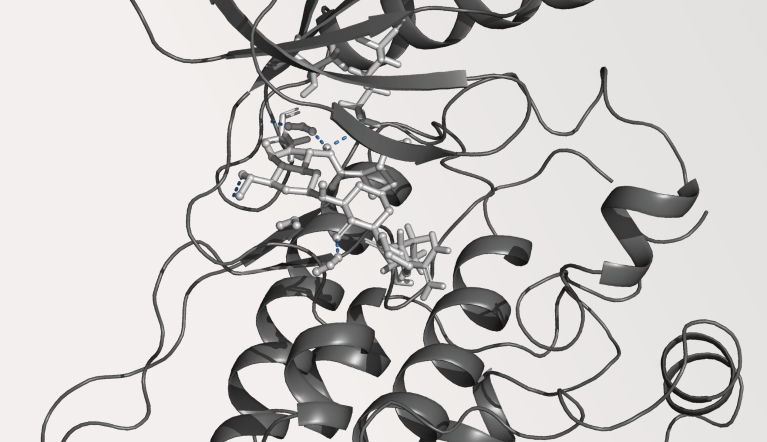 Case Study
Life Science
Case Study
Life Science
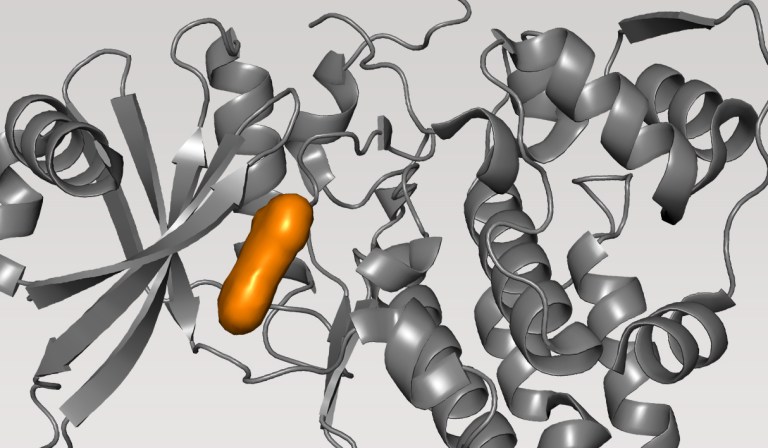 Case Study
Life Science
Case Study
Life Science
White Papers
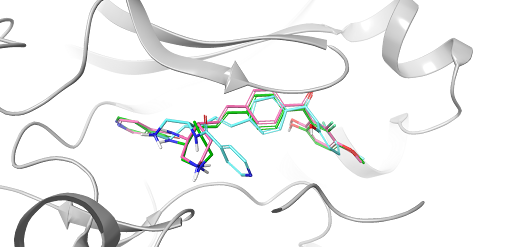 White Paper
Life Science
White Paper
Life Science
- Oct 29, 2024
20 Years of Glide: A Legacy of Docking Innovation and the Next Frontier with Glide WS
Glide has long set the gold standard for commercial molecular docking software due to its robust performance in both binding mode prediction and empirical scoring tasks, ease of use, and tight integration with Schrödinger’s Maestro interface and molecular discovery workflows.
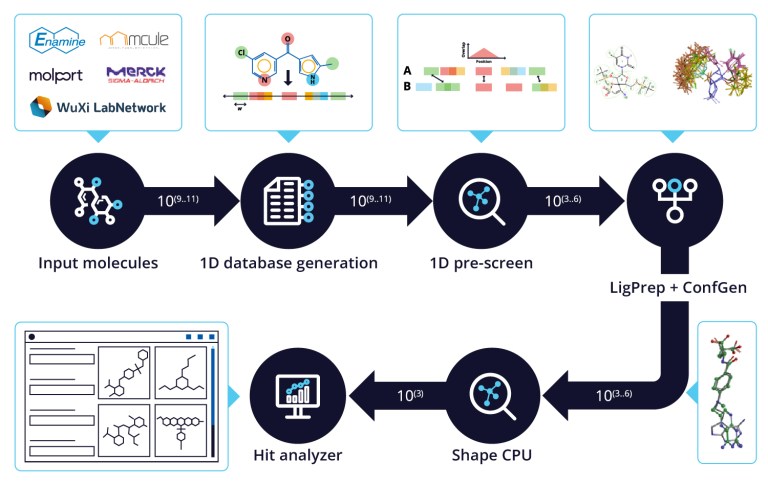 White Paper
Life Science
White Paper
Life Science
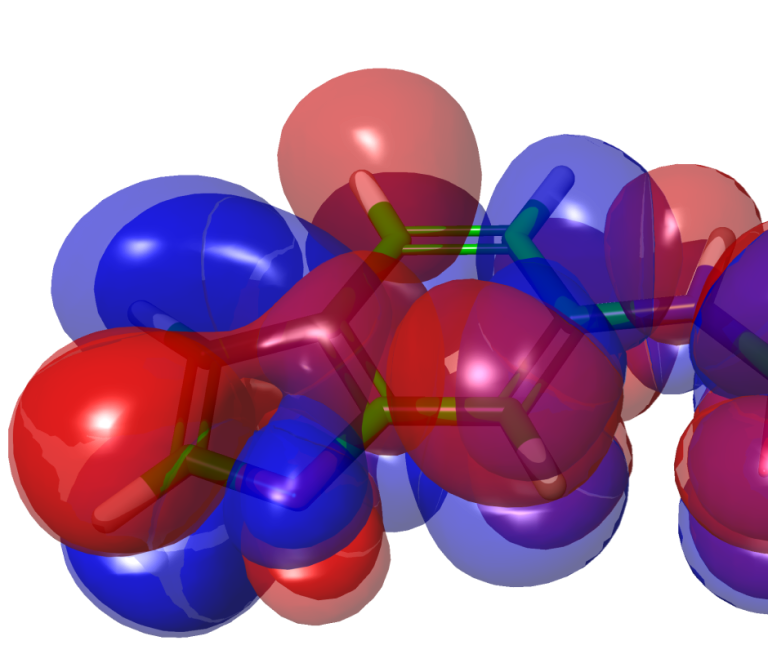 White Paper
Life Science
White Paper
Life Science
Quick Reference Sheets
- Quick Reference Sheet
GlideMap
A one-page guide to using the GlideMap GUI for ligand placement guided by experimental density.
- Quick Reference Sheet
Synthesis Queue LiveReport
Use Freeform columns to track the status of compounds in a synthesis queue.
- Quick Reference Sheet
Modeling Queue LiveReport
Learn how to use Freeform columns and an Auto-Update Search to create compound progression workflows.

Latest insights from Extrapolations blog
Training & Resources
Online certification courses
Level up your skill set with hands-on, online molecular modeling courses. These self-paced courses cover a range of scientific topics and include access to Schrödinger software and support.
Free learning resources
Learn how to deploy the technology and best practices of Schrödinger software for your project success. Find training resources, tutorials, quick start guides, videos, and more.


